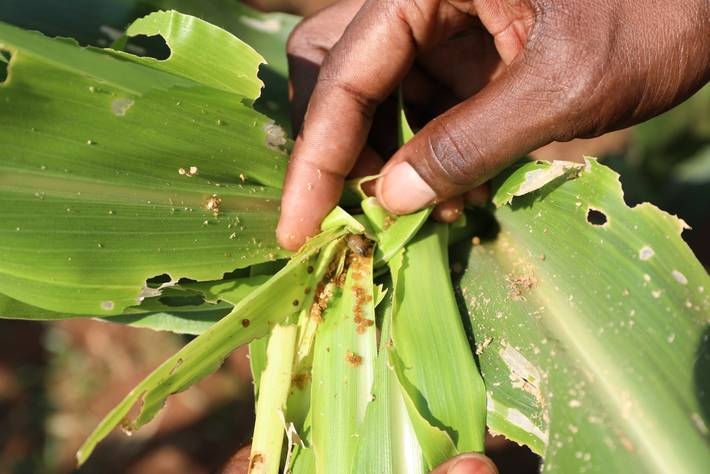FAO concerned as Fall Armyworm spreads to Asia

The Food and Agriculture Organisation of the United Nations (FAO) is concerned that Fall Armyworm could spread across Asia as it was recently detected in India for the first time.
The Fall Armyworm insect can cause significant damage to crops if not well managed; although it’s preferred crop is maize, it can also feed on crops such as rice and vegetables. The insect is native to the subtropical regions of the Americas, but has been spreading eastward across the world.
Africa has already suffered the effects of Fall Armyworm, having first being detected in Nigeria in 2016 and later spreading across sub-Saharan Africa.
FAO fears the insect, which can fly 100 kilometres a tnight, will spread across Southeast Asia and China due to its favourable climate.
Kundhavi Kadiresan, FAO Assistant Director-General and Regional Representative for Asia and the Pacific noted:
“Fall Armyworm could have a devastating impact on Asia's maize and rice producers - mostly small-scale farmers who depend on their crops for food and to make a living”
In Asia 80% of land is cultivated by small scale farmers, covering 200 million hectares of maize and rice each year. In addition, 90% of the world’s rice is produced in Asia.
When Fall Armyworm arrived in Africa FAO responded promptly to support affected countries in mitigating the damage it can cause. The agency has supported over 30 projects in Africa to fight the pest.
The practices and lessons learnt from FAO’s response in Africa can be applied to Asia to help better monitor and mitigate the damage.
Hans Dreyer, Director of FAO's Plant Production and Protection Division, noted:
"Much of what FAO has already done in sub-Saharan Africa to help farmers and governments better monitor and mitigate Fall Armyworm damage, can also be applied in Asia”
“This includes recommendations on pesticide management, monitoring and early warning, and a practical guide for farmers and government extension workers on how to best manage the pest.”
The AIDF Asia summit will return in 2019.
If you’d like to stay informed on the latest updates in aid and development, please sign up for the AIDF newsletter.
Image credit: FAO















